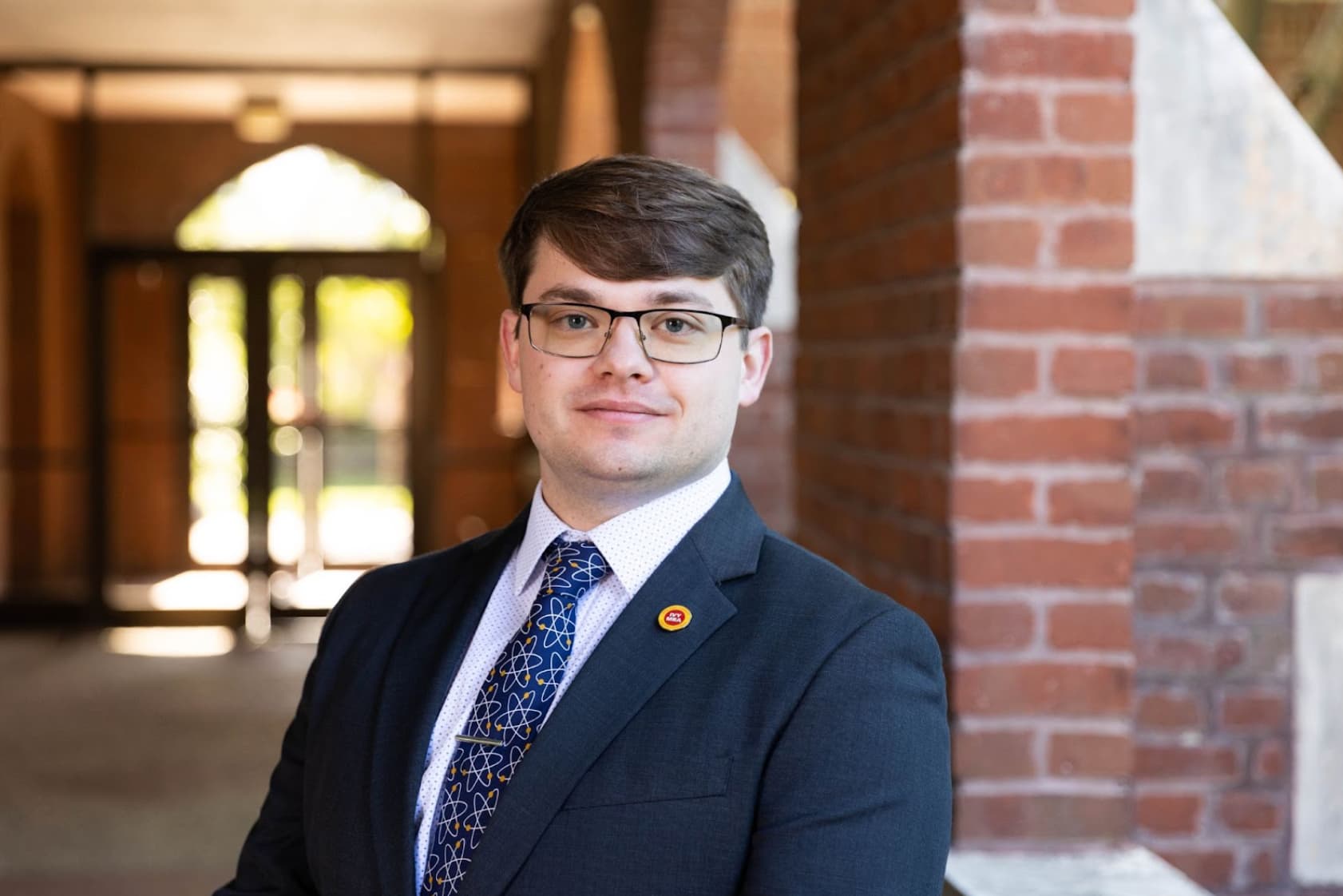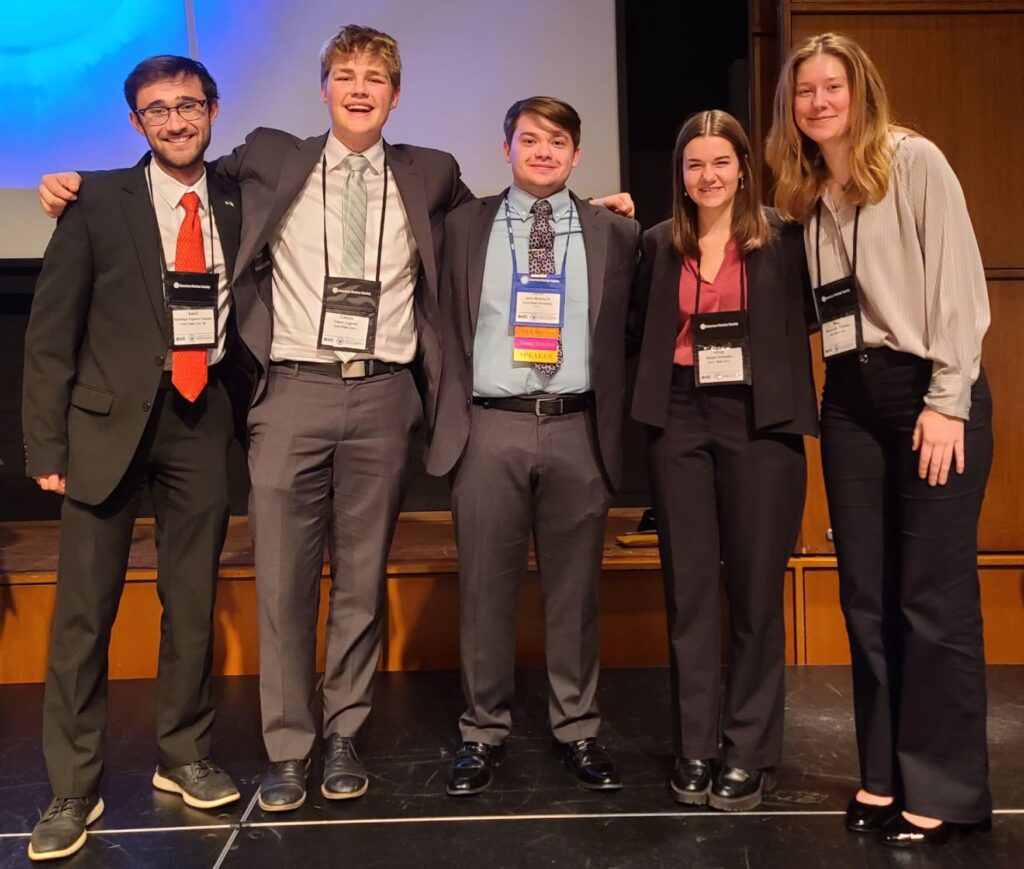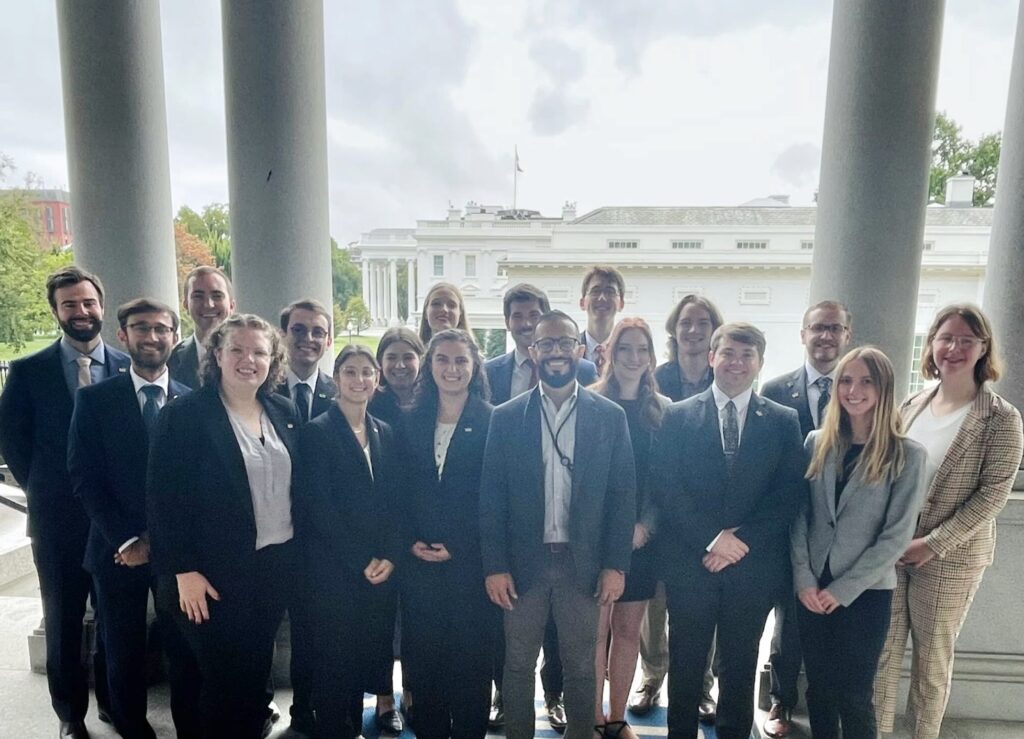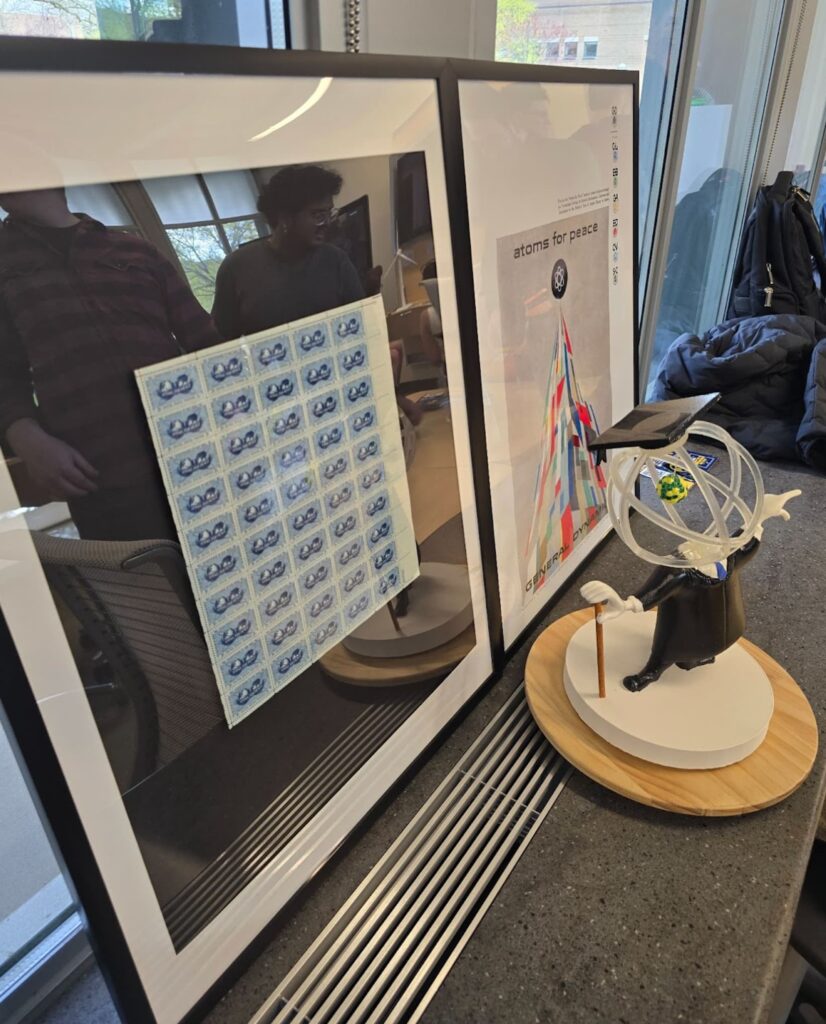
John Mobley IV’s mission to build the future nuclear workforce
Mobley, a U-M Engineering Education Research PhD student, works alongside Fastest Path to Zero’s Assistant Professor Aditi Verma.

Mobley, a U-M Engineering Education Research PhD student, works alongside Fastest Path to Zero’s Assistant Professor Aditi Verma.
John Mobley IV’s path to nuclear energy began at Iowa State University (ISU), where he was pursuing dual bachelor’s degrees in physics and applied mathematics. Fascinated by the university’s historic connection to the Manhattan Project, he took his first nuclear engineering course and realized he had found his calling. “The field of nuclear engineering was truly made for me—it incorporated my knowledge and passion for physics and applied math in better understanding and ultimately controlling nuclear phenomena in a whole host of applications,” he said. John completed ISU’s nuclear engineering minor in one academic year—one of the last to do so before the program’s dissolution—and soon began contributing to research projects at Brookhaven National Laboratory.
John originally entered MIT’s PhD program in nuclear science and engineering, focusing on advanced reactor design. However, a genetic condition that suddenly affected his vision prompted a major life shift, leading him to return to Iowa and pursue a Master’s in Higher Education Administration and a Master of Business Administration. It was during this period that he discovered a new passion: strengthening nuclear education, training, and workforce development (ETWD) to make the field more accessible and resilient.
This new direction led him to the University of Michigan, where he is pursuing a PhD in Engineering Education Research (EER) with a Science, Technology, and Public Policy (STPP) certificate at the Gerald R. Ford School of Public Policy. “The EER program stood out as one of the few embedded engineering education programs in the U.S.,” John said. “Coupled with having a top-ranked nuclear program and strong policy connections, U-M was a perfect fit.”

While John’s home department is EER, he maintains strong ties with U-M’s Department of Nuclear Engineering and Radiological Sciences (NERS). He has taken key NERS courses, served as a graduate advisor to the U-M American Nuclear Society (ANS) Student Section, and represented the department at major conferences like the ANS Student Conference, CERAWeek, and the International Youth Nuclear Congress. John also served as a delegate in Washington, D.C., advocating for nuclear policy alongside Michigan’s Congressional offices.

His collaboration with Fastest Path to Zero has further deepened his focus on community-informed energy transitions. John contributes to the analysis of international student survey data and serves on the organizing committee for the upcoming NEA Global Forum Symposium, helping align engineering education with the urgent need for sustainable, community-focused energy solutions. “The aim of creating more community-engaged and informed engineers is a hallmark of EER, so this connection with NERS and Fastest Path has been a great complement,” he said.
Working in Professor Aditi Verma’s lab has expanded John’s view of the critical role of policy in shaping nuclear energy systems. “While scientific fundamentals can often be reduced to simple principles, the complexities of policy are nuanced and require a more holistic view to maintain fidelity,” he said.
“I am consistently impressed with John’s drive, creativity, and selfless commitment to the nuclear community, particularly his work on outreach and workforce development,” said Verma. “I am certain John will continue to do great things during his time at Michigan and beyond.”

John’s leadership has already made a tangible impact on the nuclear community. He earned the Best Paper Award in Nuclear Education & Advocacy for his research on the rapid growth of ANS student sections, and he received the SSC Community Trailblazer Award for revitalizing dormant chapters and creating new ones across the U.S. and Canada. His dedication to outreach is rooted in personal experience. “Student chapters break down barriers and make it much more manageable to find like-minded friends, secure funding, and discover career opportunities,” he said.
Looking ahead, John will work as a Graduate Policy Intern at the Nuclear Energy Institute, focusing on aspects of nuclear workforce development. He also plans to build on his leadership roles within ANS, having recently been elected Vice Chair/Chair-elect of the ANS Education, Training, and Workforce Development Division—the youngest to hold the role in ANS history. His dissertation research will explore how to better support graduate students with disabilities in nuclear engineering programs.
John remains committed to working at the intersection of engineering, policy, and community engagement. “There’s such a need for people who can communicate across disciplines and translate technical information into policy and practice,” he said. “Outreach is the beating heart of the nuclear community, and I’m proud to be part of helping it grow stronger.”